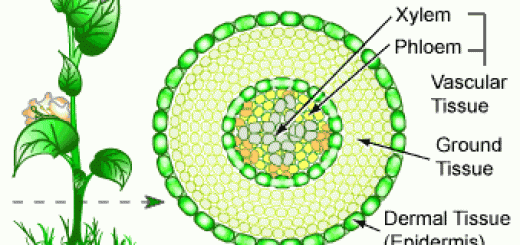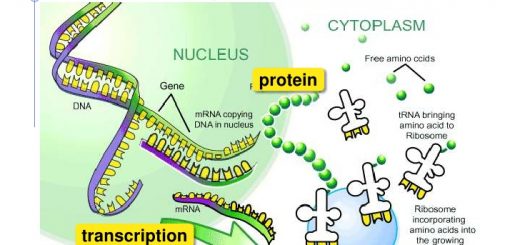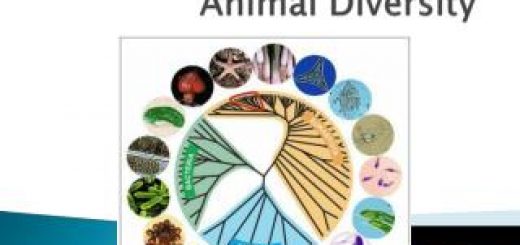Diversity of cells, Cell theory, Role of scientists in discovering cell & its structure
All living organisms are characterized by common characteristics such as feeding, transporting, respiration, excretion, motion, sensation and reproduction, living organisms are divided into unicellular organisms and multicellular organisms, In Unicellular organisms , The body consists of one cell only such as Amoeba and paramecium , In Multicellular organisms , The body consists of many cells such as Man , whale and trees .
Diversity of cells
The cell is the tiniest building unit in the organism’s body capable of carrying out all the functions of life , Cells are vary in shape , structure and size, The biggest cell in size is the cell of the unfertilized egg of ostrich , The tiniest cell in size is the bacterial cell , The longest cell is the nerve cell ( may reach one metre ot little more ) .
There is relationship between the shape of cells and functions they perform , for example :
- Nerve cells ( neurons ) are long to be able to transfer messages from spinal cord present inside the vertebral column into the most far part of the body such as the toes .
- Muscular cells are cylindrical , long and accumulate with each other to form muscle fibres which can contract and relax to help man to move freely .
Cell discovery and role of scientists in discovering cell & its structure
The English scientists : Robert Hook
He invented a simple microscope ( 1665 ) and used it to screen a piece of cork . He found that it is composed of small boxed arranged in rows , He named each box by the word ” cell ” .
The term cell is derived from the Latin word ( cellula ) that means the cell or small room , Therefore the favour in cell discovery is referred to Rebert Hook .
The Dutch scientist : Antonie Van Leeuwenhoek
He made a simple microscope using lenses ( 1674 ) with the ability to magnify the objects up too 200 times of their real size , He used it for screening different substances such as water of the ponds , blood and others .
Therefore , Van Leeuwenhoek was the first to observe the world of microscopic organisms and living cells .
The German scientist : Matthias Schleiden
In 1838 , he deduced that the plants are composed of cells , He stated his deduction depending on his own researches and that of other previous scientists .
The German scientist : Theodor Schwann
In 1839 , he deduced that the bodies of all organisms are composed of cells .
The German doctor : Rudolf Virchow
In 1855 , he stated that the cell is the functional and building unit of all living organisms , He emphasized that the new cells are produced only by preciously existing other living cells .
Cell theory
The efforts of the previous scientists have resulted in and gave rise to what is known now as cell theory , The cell theory is considered the most important basic theory in the modern biology , This cell theory is mainly based upon three principles .
The principles of cell theory
- All living organisms are made up of cells , which may be single or in clusters .
- The cells are the basic functional units of all living organisms .
- All cells come only from other pre-existing living cells .
Histology, Molecular structure of the cell membrane, Cell function & structure
Vesicular transport of Macromolecules across the cell membrane, Endocytosis & Exocytosis
Types of Transport through cell membranes, Active transport, Simple & Facilitated diffusion














